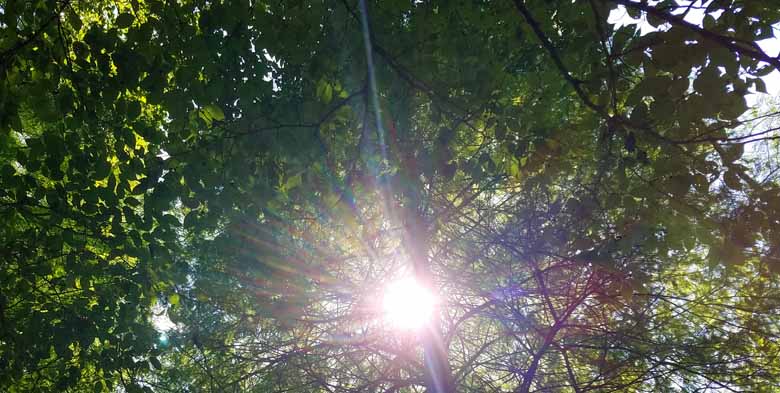Talk to your neighbour
If your neighbour’s tree is blocking the light to your property, your first step should be to talk to them. An informal chat is the best way to deal with the issue.
Before you contact your neighbour, make sure you know what it is you want to say. Be clear in your own mind about how the problem is affecting you, what solutions you are seeking and when you’d like them to take action. It’s easy (and understandable) for emotions to run high, but try your best to stick to the facts.
On top of this, go into the conversation willing to compromise (e.g. sharing the tree surgery costs). This will help keep a good relationship (and is a lot cheaper than a solicitor).
And whatever you do, keep a paper trail. Jot down every conversation you have, including when it happened and what was said, as well as keeping any written correspondence. This will act as a proof that you have made a reasonable effort to resolve the dispute amicably should things take a turn for the worse.

If communications fail
There are different ways to handle the problem if communications break down between you and your neighbour.
Seek mediation
If only one tree is restricting the light to your property, then your only option is to try to negotiate with your neighbour. If you feel that you can no longer do this without a third party, then you can ask for an independent mediator’s help.
The mediator will visit you to find out more about the issue, before getting in touch with your neighbour to try to organise a joint meeting. Their role is to facilitate a more productive discussion that encourages you both to arrive at a common solution.
If, for whatever reason, a meeting is off the cards, most mediators also offer shuttle services where they’ll go back and forth until the matter is resolved.
Check if you can apply for a High Hedge Notice
If you have more than one of your neighbour’s trees blocking light, you may be able to apply for a High Hedge notice.
A High Hedge Notice is a complaint made to your local council about a hedge that exceeds the 2 metre high limit.
Local councils have the power to order the owner of the trees (or hedge) to cut them back by a certain date; as well as give instructions about ongoing maintenance to prevent the problem from happening again.
Failure to heed the council’s order is an offence which could lead to a fine.
You can apply for a High Hedge Notice if;
- There are two or more trees restricting your light. One tree, regardless of the size, will not qualify.
- The trees are clearly affecting your enjoyment of your house.
- You have made all reasonable efforts to try to resolve the matter without involving the council.
The second point is where your paper trail will come in handy. The council may refuse your application if it believes you did not try hard enough to try to resolve the issue amicably.
It’s important to note that the council’s role is not to mediate between you and your neighbour. It simply decides whether, on the basis of the information you have both provided, the tree is adversely affecting your enjoyment of your property.
Every council runs its own High Hedge Notice application scheme, so you’ll need to check the website of your local council for exact guidance on how to apply. There’s also usually a fee to apply for a notice, which may vary across councils.
To find your local council and more information on the High Hedge Notice, use the government website: www.gov.uk/find-local-council